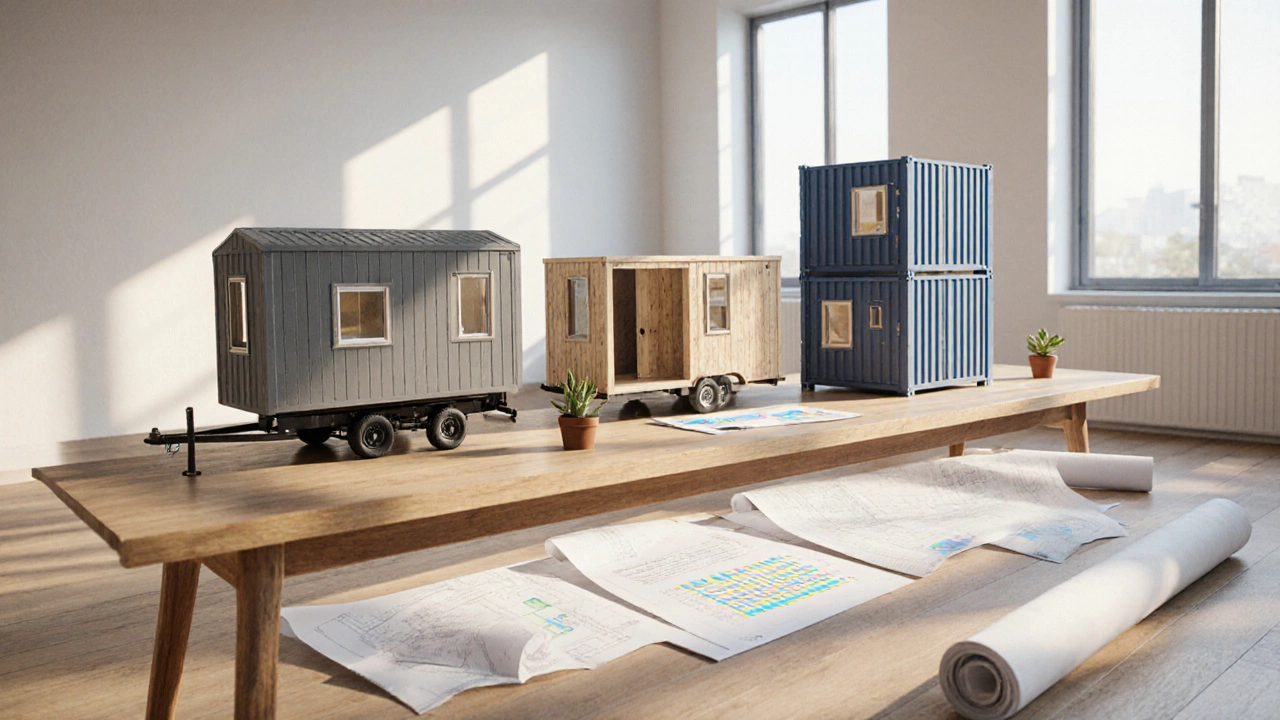Cheap House Plans – Budget‑Friendly Designs for Your Home
When working with cheap house plans, simple, cost‑effective layouts that let you add space without breaking the bank. Also known as affordable home designs, they help homeowners stretch a tight budget while still getting a functional addition. Cheap house plans are a smart entry point for anyone who wants more room but has to watch the price tag. They focus on smart sizing, standard roof pitches and reuse of existing foundations where possible. By keeping the design straightforward, you avoid expensive custom detailing and reduce the need for specialist trades. The result is a space that feels like a natural extension of your home, not a pricey afterthought.
Key Elements that Keep the Cost Low
One key budget home design, the practice of planning spaces that cost less to build and maintain works hand‑in‑hand with cheap house plans. It starts with a clear purpose: do you need an extra bedroom, a home office, or a garden room for relaxing? Armed with that answer, you can limit the footprint, stick to rectangular shapes and avoid unnecessary architectural flourishes. Choosing off‑the‑shelf windows, standard‑size doors and pre‑finished interior fittings further trims the expense. Even the choice of exterior cladding—brick veneer versus full‑brick walls—makes a noticeable difference. By focusing on functional simplicity, you not only save money but also speed up the construction timeline, which reduces labor costs.
Choosing the right building methods, construction techniques that balance speed, cost, and durability is essential for keeping a plan cheap. Prefabricated wall panels, modular floor systems, or a timber frame skeleton let you assemble the structure faster than traditional masonry. These methods reduce on‑site waste, limit the number of trades required, and often come with manufacturer warranties that protect you from future defects. For example, a modular garden room can be delivered in flat packs, hoisted into place, and sealed within days, while a brick‑by‑brick build might take weeks and involve more site supervision. The savings stack up quickly, and you still end up with a solid, weather‑tight addition.
But you can’t ignore planning permission, the local authority approval needed for many extensions. In the UK, permitted development rights let you extend a property up to certain limits—typically 8 metres forward for detached houses or 3 metres for terraced homes—without a full application. Knowing those boundaries early lets you shape a cheap house plan that stays within the legal envelope, avoiding costly redesigns or appeal fees later. If your design pushes the limits, a simple pre‑application conversation with the council can reveal inexpensive tweaks, like adjusting the roof height or moving the side wall, that keep the project compliant while preserving the budget.
All these pieces—budget home design, efficient building methods, and smart planning permission checks—combine to make cheap house plans a realistic path to extra living space. Below you’ll find articles that break down cost breakdowns, material choices, foundation basics, and step‑by‑step guides so you can move from idea to reality without surprise expenses. Dive in to see how you can start planning a functional, affordable extension that adds value and comfort to your home.

